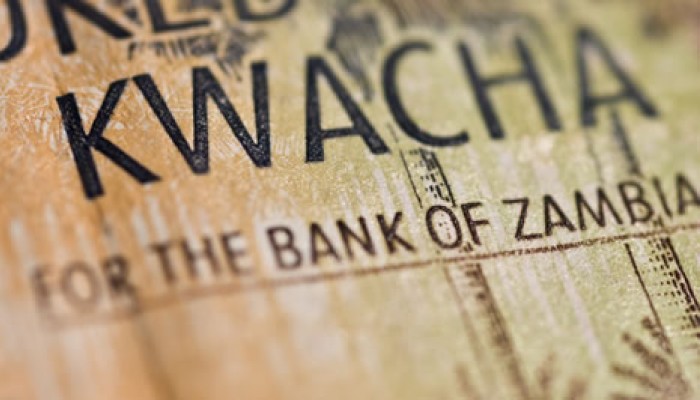Africa’s second largest red metal producer Zambia currently grapples with a sliding currency and energy price pressures. This is in the wake of demand outstripping supply in the foreign exchange market coupled with electricity load management of 8 hours daily. The Southern African nation is in the middle of a debt restructure that has delayed and is breeding market fatigue manifesting in asset sell-off pressure.
Despite annual inflation for January reported by the Zambia Statistics Agency ebbing to 9.4%, from a three month high of 9.9%, overall monthly inflation rose to 2.1% from 0.8% due to an uptick in food prices. The energy regulator on January 31 hiked petroleum prices by an average of 11% for gasoline and diesel as the Kwacha slide outweighed the global crude price rise. This could potentially weigh manufacturing pulse which is already in contraction territory as measured by the purchasing managers index. Other potential sources of price pressures in 2023 could stem from higher power tariffs should the energy regulator approve the state power utility’s 37% proposed average upward adjustment.
With increasing upside risks to inflation fueled by the copper currency that has been on an 82-day losing streak, the Bank of Zambia on February 01 increased its statutory reserve ratio 250 basis points to 11.5%. With a fortnight to the first-rate decision meeting of the year, markets will be looking for clues on Zambia’s potential first interest rate hike in over a year. Currency weakness continues to be themed by market weariness on lack of clarity surrounding the completion of debt restructure timelines, seasonal agriculture input demand and a general ‘risk–off’ mood as players opt to house liquidity in dollars which are expected in times of market uncertainty.
Inflationary pressures could trigger the genesis of a rate hiking cycle as tighter monetary conditions attempt to reign in on a runaway currency. The BOZ monetary policy committee will meet between 13 and 14 February to deliberate on the monetary policy stance for the quarter ahead.
Zambia’s central bank inflation target remains 6-8% target band which Governor Denny Kalyalya will seek to attain by 1Q24.
The Kwacha Arbitrageur

